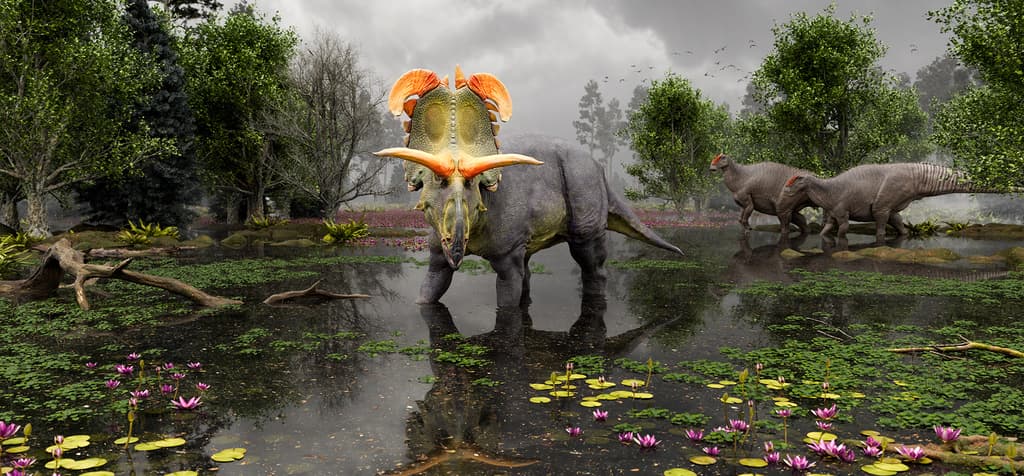A new dinosaur has been discovered in the USA. The dinosaur, known as Lokiceratops, was a herbivore with large horns.
It was palaeontologists Mark Loewen and Joseph Sertich who identified and named the dinosaur, which is now on display at the Evolution Museum in Maribo, Denmark.
"The dinosaur is now permanently in Denmark, so we decided to use a Nordic god, and doesn't it look a bit like Loki?" says Loewen in a press release, likening the horns to the golden helmet of the Norse god.
Lokiceratops was discovered as early as 2019, in northern Montana in the USA, just three kilometres from the border with Canada, in a commercial excavation. The Danish museum then purchased the find.
By buying it, they saved it. Now it's available for all time for researchers to look at. We couldn't have written a research article based on a fossil that was in some rich person's living room, classified as a work of art, says Sertich to The New York Times.
It wasn't until they had managed to reconstruct its skull that it became clear that it was probably a new type of dinosaur.
Lokiceratops is estimated to have been over six metres long and weighed around five tonnes. It is the largest dinosaur in the centrosaurine group, known for their large horns and bony frills, found in North America. The horns on its frill are also the largest found on a ceratopsian dinosaur.
In contrast to large mammals in today's North America, dinosaurs were geographically limited. The discovery of Lokiceratops is a sign that ancient species developed rapidly in a small area. Its relative, Triceratops, lived about twelve million years later. By then, regional differences between species had disappeared, and only two different types of horned dinosaurs existed from Canada to Mexico.





